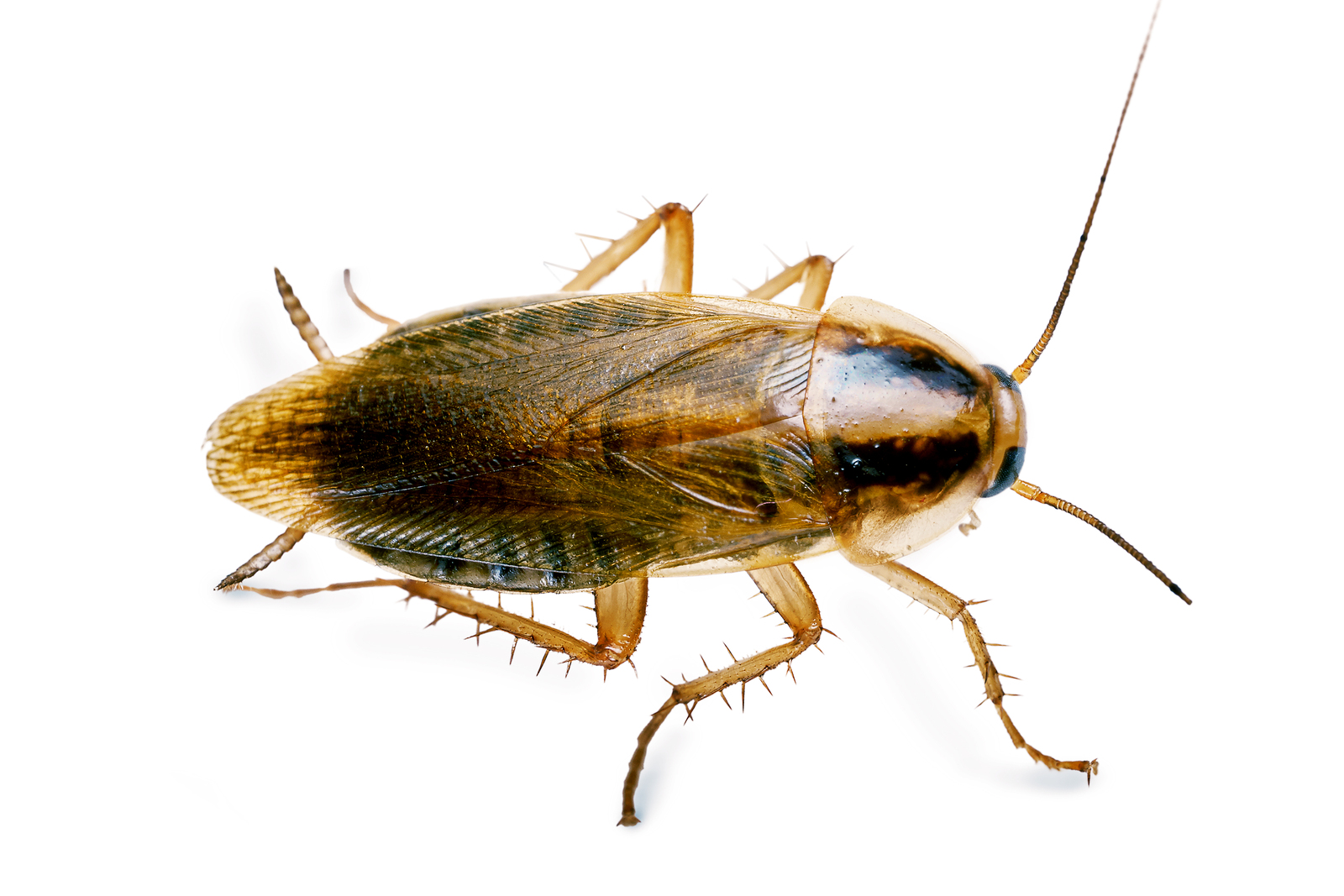Program Contacts |
||
| Stephanie McConoughey REHS Program Manager 216.201.2000 ext 1244 smcconoughey@ccbh.net |
John Sobolewski REHS Deputy Director 216.201.2000 ext 1515 jsobolewski@ccbh.net |

While your genetic makeup affects your overall health, another critical factor is the condition of the places in which we live and work. This is a major concern, since most people spend up to 90% of their time indoors.
Indoor environmental hazards are more harmful to children because of their still growing and developing bodies. Their organs and immune systems are not fully mature and are more likely to be damaged than those of adults.
These environmental hazards can be broken down into 7 main categories:
- Drinking Water
- Indoor Air Quality (IAQ)
- Hazardous Household Products/Pesticides
- Lead
- Pests
- Home Safety
- Senior Safety
Drinking Water
Safe, clean water is essential. We depend on water for drinking, cooking, bathing and cleaning. Although the public drinking water in the United States is safe, there are times when your individual home water supply may be a concern.
If you have a well, it is your responsibility to keep it safe. Bacteria and viruses may get into the water system and possibly lead to gastro-intestinal illnesses. Nitrates may also enter the water supply from fertilizers and animal waste and cause serious illnesses.
A contaminated private well may potentially impact the underground water supply (aquifer), which could also serve as the source of water for many of your neighbors.
Learn more about drinking water here
Indoor Air Quality
Indoor air can be unhealthier and more polluted then outdoor air. Pollutants can include cleaning chemicals, cigarette smoke, or mold. Other non-visible dangers include carbon monoxide and radon.
Learn more about indoor air quality here

Household Allergens
The job of the body’s immune system is to identify and destroy germs (such as bacteria or viruses) that make you sick. An allergy results when the immune system mistakenly targets a harmless protein – an allergen – as a threat and attacks it. Allergens can cause a range of “allergic reactions” from minor skin irritation or watery eyes to potentially life-threatening anaphylaxis.
You can come into contact with allergens by touching them, eating them, or breathing them in. A number of allergens can be found inside your home including animal dander, cockroaches, dust and dust mites, mold and tobacco smoke.
Animal Dander
Dander is dead skin shed from animals. Some people with asthma or allergies may have a reaction to the dander from pets in the home. Cats are typically the pet associated with dander issues.
The best thing to do is keep furred and/or feathered pets out of the home if you are sensitive. If you can’t remove them from your home:
- DON’T allow pets in the bedroom or allow them to sleep in the bed or couch with you
- DO wash your hands and face after handling the pet or being in a house with a pet as dander sticks to clothes and hands
- DO vacuum and clean pet sleeping areas often
- DO vacuum carpet and furniture often
- DO bathe the pet often, but check with your veterinarian about how often to do it
Dust & Dust Mites
Household dust is a mixture of shed human skin cells, pet dander, fabric fibers, mold spores, bacteria, dirt and dust mites. Dust may not indicate a dirty house; however, a dirty house can irritate your respiratory passages.
To control dust, it is important that you clean regularly. Vacuum carpets that cannot be laundered, vacuum fabric upholstery, dust surfaces with a damp cloth, mop floors and wash linens. These procedures are similar for control of dust mites.
Dust mites are second only to pollen causing allergic reactions. Dust mites are not visible to the naked eye. They live in bedding, couches, carpet, stuffed toys and old clothing. Dust mites feed on the dead skin that falls off the people and animals where they live and/or sleep.
When dust mites grow, they shed their skin. This skin and their feces are what cause allergic reactions in people. Allergic reactions range from itchy noses and eyes to severe asthma attacks.
Dust mites need food and about 70% relative humidity or higher to live. Areas where people spend much time, like a bed or favorite plush chair or couch, are prime locations for dust mites.
Control of dust mites can be difficult, time-consuming, and expensive.
Dust mite control ranges from washing all bedding and stuffed toys at least every two weeks in hot water and enclosing mattresses and pillows in hypo-allergic coverings, to removing carpeting, curtains and drapes, upholstered furniture and replacing them with wood or tile floors, plastic shades and wood or plastic furniture.
Learn more about the Asthma and Allergy Foundation of America.
Learn more about food allergies here

Household Chemicals
Household chemicals and pesticides are not hazardous if they are used properly, if you follow the manufacturer’s directions, and if they are stored properly. Never leave the product or container where children can see it or reach it.
Hazards arise when some of the products are mixed, accidentally ingested, touched, or inhaled. These can lead to vomiting, burns, dizziness, or asthma attacks.
When utilizing bug repellent on children, read the directions first. Do not use over broken skin or cuts. Avoid contact with eyes, mouth, and hands. Use enough to cover the top of clothes and lightly on the skin.
In case of an accident, immediately call the Poison Control Center at 800.222.1222
Lead
Lead poisoning is a serious threat to the health of children. Lead was banned from use in paint in 1978. It is still the number one source of lead exposure in the US today.
Ohio ranks 5th out of 39 states, according to the EPA, in the number of homes with lead based paint
(approximately 3.2 million).
There is no safe level of lead in the human body.
To determine your child’s lead level, a blood test needs to be conducted.
Lead accumulates in the brain, kidneys, blood and bones. Lead poisoning can cause learning disabilities, language delays, hearing problems, and behavioral problems.
Children under 6 years old are at the highest risk due to their still-developing neurological system. Of primary concern are 1 and 2 year-olds because of hand-to-mouth activities and their activity on the floor.
Children may be exposed to lead through deteriorating paint conditions, soil, and water. Your home may be tested for lead and corrected.
CCBH has grant funding that can help you to remove lead hazards in your home.
To qualify you must:
- Have a child under 72 months of age (5 or younger) who spends significant amounts of time in your home
- Live in a community that is considered a “first ring” community (it touches the city of Cleveland)
- Meet the income guidelines
To see if you may qualify for the grant, please contact our office by calling 216.201.2000 ext 1527.
If you live in the City of Cleveland, you should contact the City of Cleveland Department of Public Health at 216.263.LEAD.
If you live in the City of Cleveland Heights, you should contact the City Housing & Preservation office at 216.291.4869.
Learn more about lead poisoning and prevention here

Pests
Cockroaches thrive in warm, dark, moist environments. A cockroach is considered a scavenger due to the fact it can and will consume any food source. A cockroach problem in the home may not be noticed until it is excessive.
The average life span of a cockroach is one year. Over that time, a female may have up to 8 egg cases, each case containing up to 40 eggs. That would equal 320 offspring in one lifetime (one year).
People that are asthmatic or have allergies may react to cockroach dust (dried body parts or droppings). Cockroach dust is considered the most severe asthmatic trigger.
To limit cockroach problems:
- Keep all food, including pet food, and garbage in closed containers. NEVER leave food out!
- Do not leave dirty dishes or food containers out
- Eat only in the kitchen/dining room
- Thoroughly clean kitchen floors with a household cleaner and clean rinse water to remove any food or cockroach dust
- Clean up clutter
Home Safety
Your chances of getting hurt in your home are much higher than at work or school. The main types of home accidents include falls, drowning, fire, poisoning, suffocation, choking, and firearm use.
Young children and older adults are more typically likely to become injured or die as a result of an accident in the home. Accidents are easily preventable once you become aware of the hazards.
Links

Senior Safety
Every year, millions of older Americans are injured in and around their homes.
It is estimated by the U.S. Consumer Product Safety Commission (USCPSC) that 1.4 million people 65 and older are treated in the emergency room for injuries occurring in the home. Of those, two-thirds are from falls.
Falls and fires are the leading cause of unintentional injuries in those 65 and older. Older adults have a higher death rate from fires than the rest of the population.
Resources & Links
Simple steps to help improve the health of your home and those living in it
- Avoid and/or reduce mold growth by drying or removing any water-damaged carpets, building materials, furniture, or paper based materials
- Avoid or reduce mold growth by repairing leaks and maintaining dehumidifiers and air conditioners (emptying water trays in dehumidifiers and window AC units frequently)
- Change filters on central cooling and heating systems and air cleaners according to the manufacturer’s directions
- Prevent carbon monoxide exposure by keeping gas appliances properly vented and serviced, and having your heating system cleaned and checked at the beginning of every heating season
- Regularly clean the vents in your kitchen, bathroom and dryer, and make sure they work properly
- Routinely clean bedding and flooring
- Do not smoke or allow smoking in your home
- Test your home for radon
- Use natural household cleaning products and reduce exposure to potentially harmful airborne chemicals
- Use Integrated Pest Management (IPM) techniques indoors whenever possible




